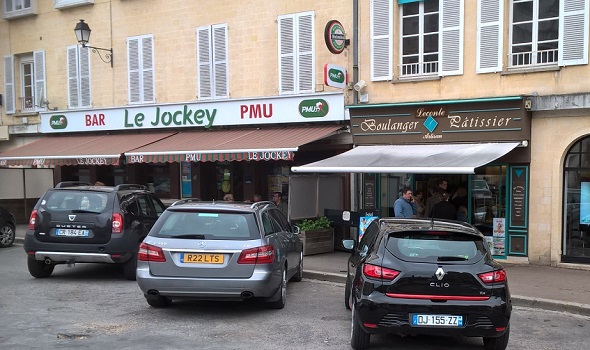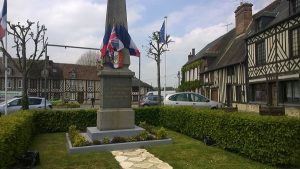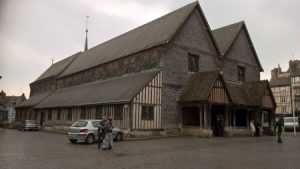Complete with local shop and locals sitting outside the Café Tabac in the village square sucking on cigarettes, drink in hand (quite possibly cider, as they aren’t great wine drinkers) idly watching the tourists go by, Saint- Julien- de- Faucon was a handsome example of migrated Upper Normandy rural Venacular architecture. With a population of 700 it’s more than twice the size of Ernes and three times the size of Sassy
Visiting Honfluer we did find a half-timbered building that bucked the trend and proved the style was timeless.
St Catherines Church in Honfluer, built in phases in the 15th and 16th Century, is constructed entirely of wood and has a separate bell tower for fear it might catch fire and burn the congregation. Sitting on the side of a hill and being quite tall, the bell tower did apparently survive a few lightning strikes. Half-timbered and partly clad in chestnut shingles, St Catherine’s was built by shipbuilders using only axes after their Viking ancestors, and modelled on a market hall. The roof is built after the fashion of an upside down ship’s hull. In the middle of building the shipbuilders ran out of tall enough oak trees to make the numerous wooden pillars of the nave and side the same length, so they improvised with stone footings of various sizes. In the 19th Century they added bays for the choir, but didn’t manage to make the roof the same height as the original building. In the early 20th century they added a porch and successfully hid the monumental Renaissance door which noted artists had travelled miles to paint.



